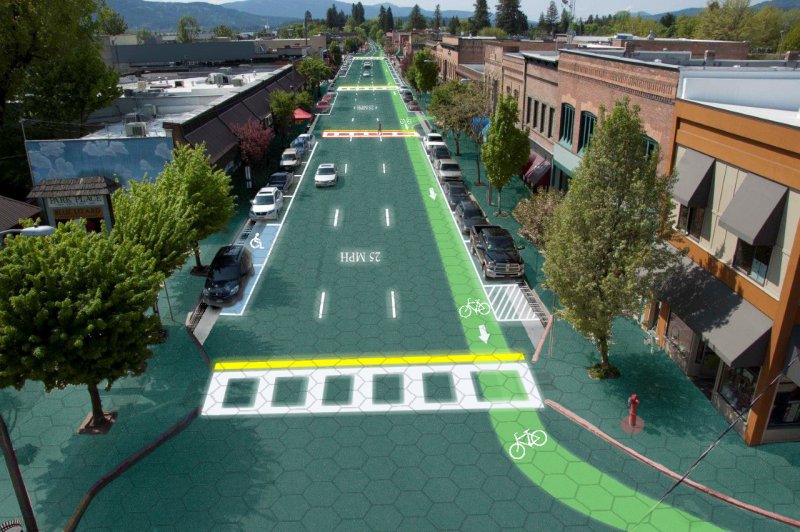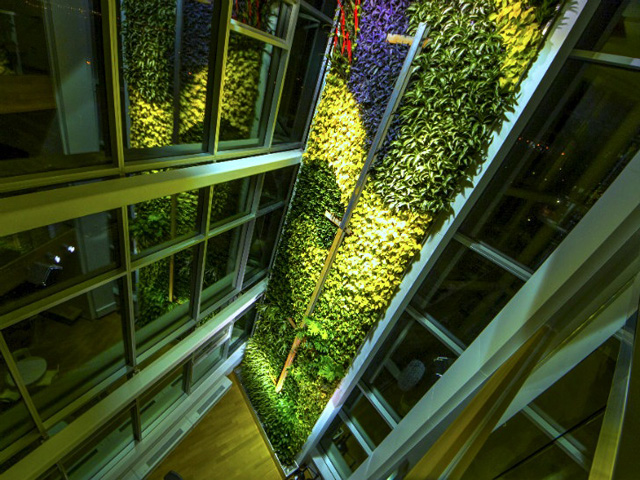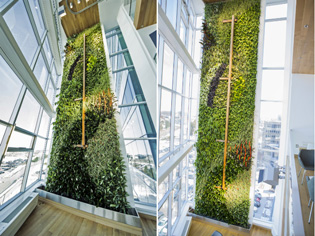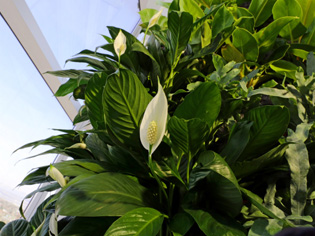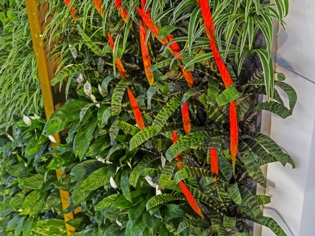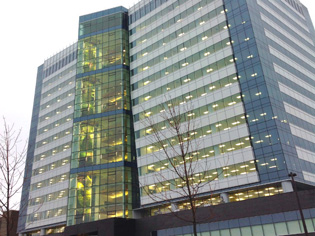Maybe biochar might be coming to a farm near you soon.
In Australia, at least up to now, biochar production costs and the logistics / transport costs made use expensive.
While production costs are only really likely to fall with volume production systems [ which is not easily seen anytime soon] there may be some options that could surprise with costs by reducing production costs and getting closer to users.
A mobile pyrolysis unit developed by Earth Systems through an innovation program in Victoria, might offer some options, especially for regional users, by producing materials locally.
While the unit is not cheap to buy, innovative funding and ownership models could provide some progress. For example - a council ownership option to deal with waste wood, making biochar available to users at a local price. Co-operative and jont ownership may also be possible. Or small entrepreneur ownership. Costs are around $350K so it is not out of reach for even regional local government entities.
Does biochar work? So far, yield increases seem to occur in the 10 -45% range, with local increases at this early stage of limited work, or round 25%.
More to come!

The UN is calling for the end of open defecation as it costs about $US260 billion worldwide. Source: AAP
THE United Nations says one billion people worldwide are still practising open defecation, which cost of billions of dollars annually due to illness, death and loss of productivity.
The practice spreads diseases like diarrhoea, dysentery, hepatitis A and typhoid through entire communities, the UN officials said, costing about $US260 billion ($A281 billion) worldwide.
It has kept women under the threat of harassment, violence and rape, and has forced young girls to abandon education at puberty.
"It is high time to talk openly about open defecation, and it is high time to bring it to an end," UN Deputy Secretary General Jan Eliasson said during the launch of the world body's sanitation campaign in New York. "Let us remember that the first step to solve any problem is talking about it." The practice is most widespread in poor and developing countries.
Some countries, including Vietnam and Bangladesh, where more than 30 per cent of their populations relieved themselves in open areas in the early 1990s, ended the practice entirely in 2012.
However, open defecation lingers in dozens of other countries.
In India an estimated 600 million people - more than half the population - defecate without using a toilet or latrine.
"If we could end open defecation in just 10 countries, we would see the numbers of people affected drop by 80 per cent," Eliasson said, noting that the end of the practice could mean a direct reduction of 36 per cent in deaths due to diarrhoea for children under five.
I have written several prior posts about water and sanitation, in developing economies, as a vital for removing poverty and also empowering women especially. It freaked me the first time I encountered it - which was in Africa - in the mid 1980s. Hard to really believe what I was seeing.
While progress is being made - can we do more.........much more!
It seems simple - provide public toilets, but in some areas little seems to happen. When the cost to society is so high - US$ 260 billion - a solution needs to be achieved.
We need to put more money into some of these simple things. It does pay off!
[ some of this sourced via AAP]

